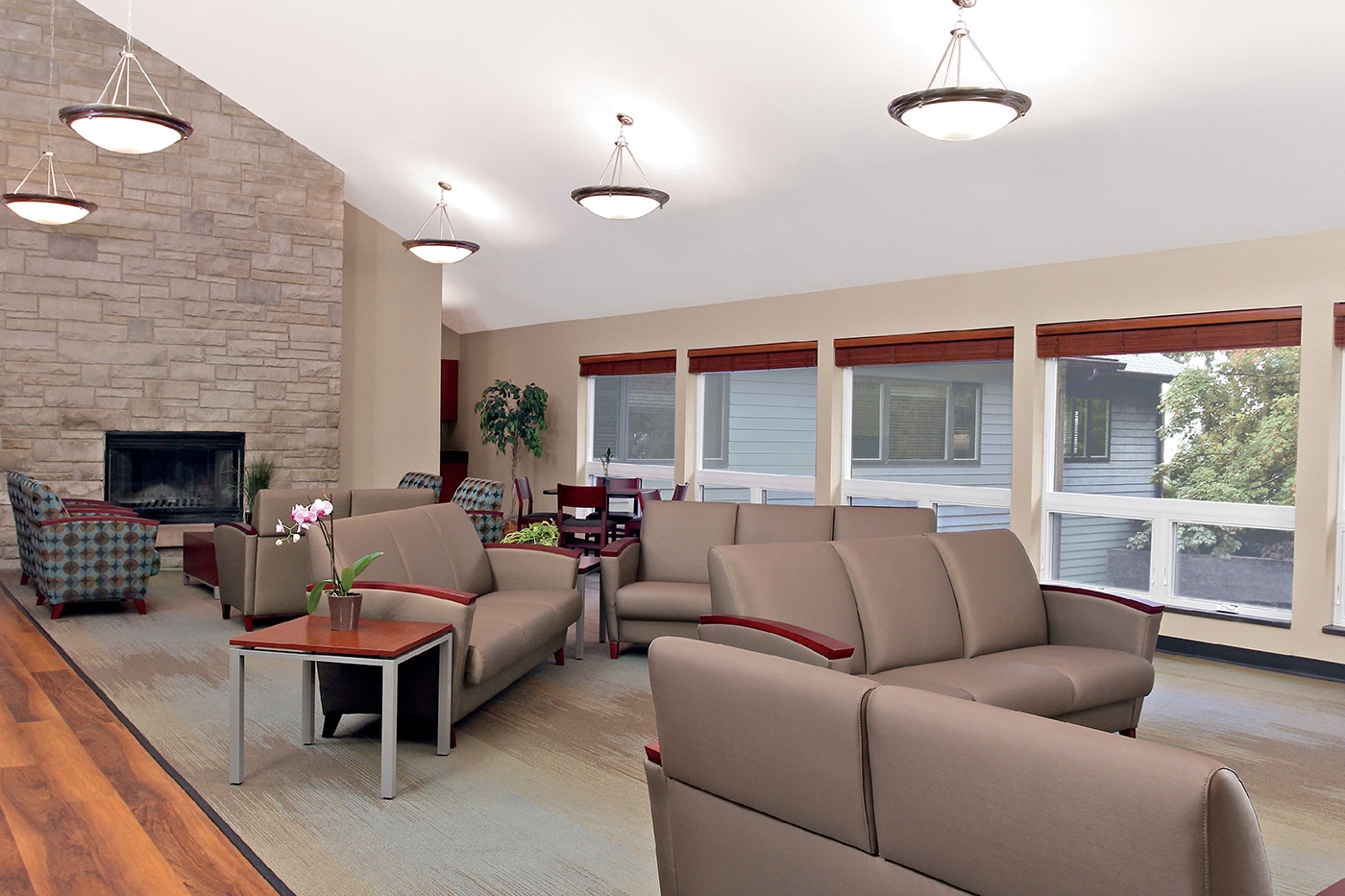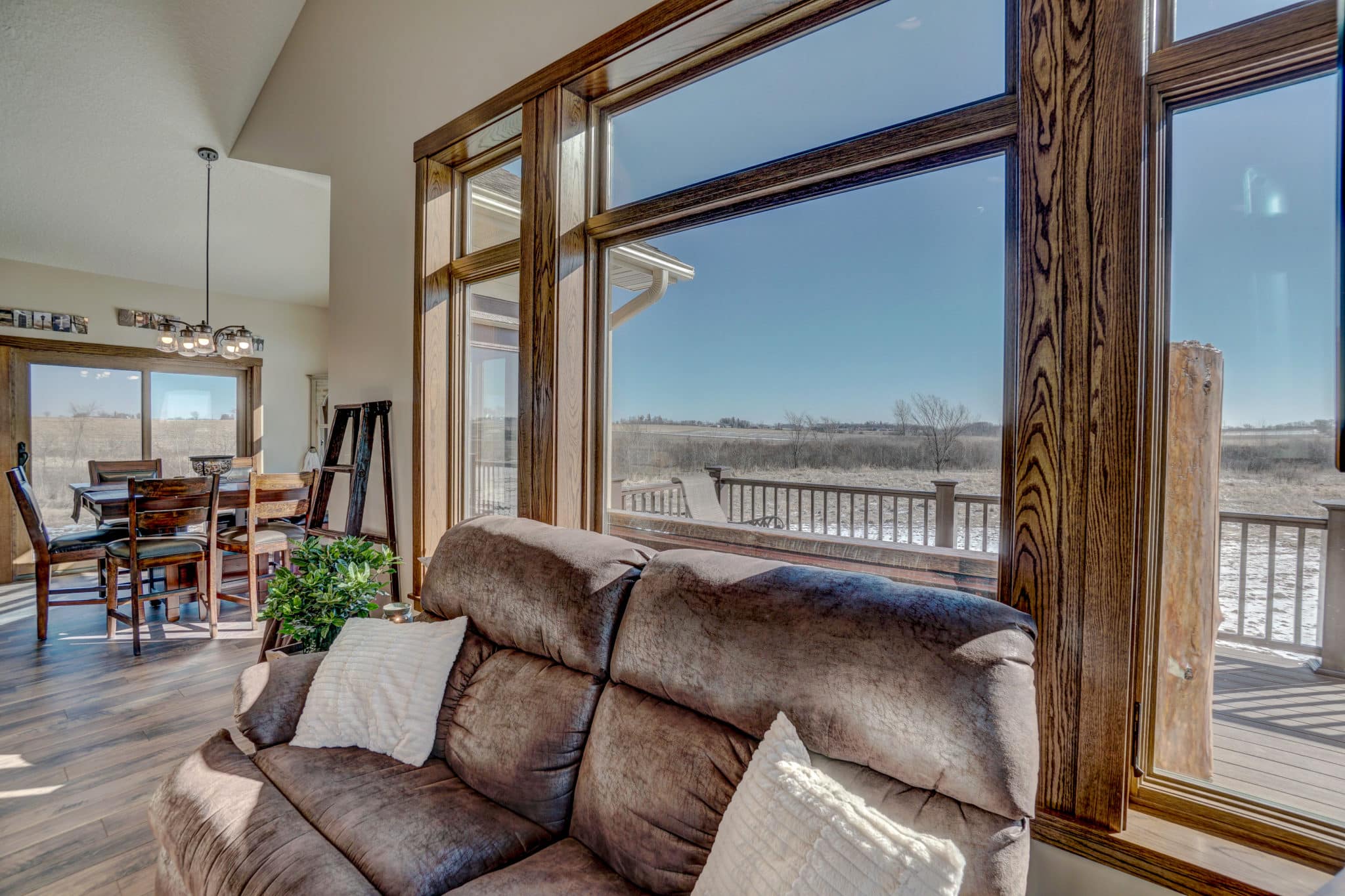Four Window Styles That Offer Maximum Ventilation
While different types of window installations can increase a home’s exposure to natural light, they also serve the important purpose of offering air circulation. However, there are a few window styles that do a better job than others. Here’s what you need to know.
Awning Replacement Windows
What’s Is An Awning Window?
An awning window has hinges on the side and is operated with a crank. It opens outwards and upwards. It is ideal for spots that have more width than height.
Window Ventilation
An advantage of getting this replacement window type over other styles is that their design allows them to be open even when it’s raining. This allows for window air flow and breezes to move through at times that would not otherwise be available. Learn more about awning windows.

Bay Replacement Windows
What Is A Bay Window?
A bay window is a sequence of three adjoining windows that protrude from a home’s external wall at an angle. The middle window is fixed, and the outer windows are operable, meaning they can open.
Windows & Ventilation:
Although the central window of a bay window cannot be open, the two side windows allow for ample ventilation. This is because they are installed at opposite angles, allowing the window air flow to circulate in numerous directions.

Double Hung Replacement Windows
What Is A Double Hung Window?
A double hung window has dual sashes that move up and down.
Windows & Ventilation:
Because both sashes can be opened, double hung window types offer copious amounts of ventilation. They work particularly well in moist rooms of the home, like bathrooms, because they provide a pathway for moist air to exit, curtailing the growth of mold and mildew. These types of windows are also popular in the kitchen because of their ability to vent odors out.
Go Behind the Scenes on a Twin Cities Area Window Installation:
Casement Replacement Windows
What’s a Casement Window?
Casement windows are a style of window that is mounted on at least one hinge, either on the left- or right-hand side. The window opens outward and is operated with a crank.
Windows & Ventilation:
The configuration of casement windows allow for the adjustment of the sash’s angle which allows homeowners the ability to impact the flow of wind across a home’s walls. To ensure optimum window ventilation, the openings should be opposite of each other.
